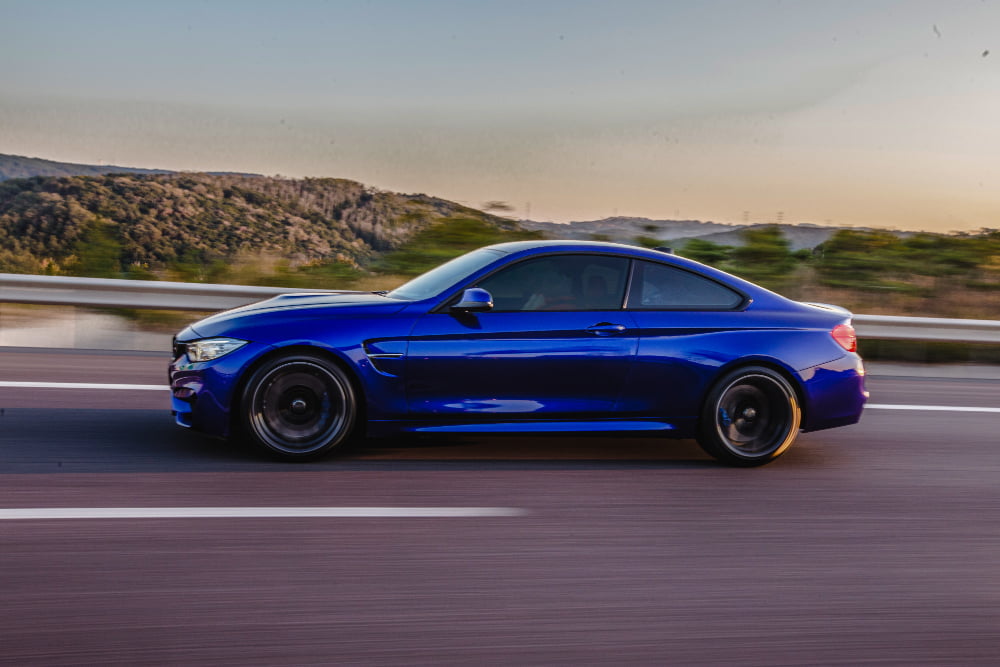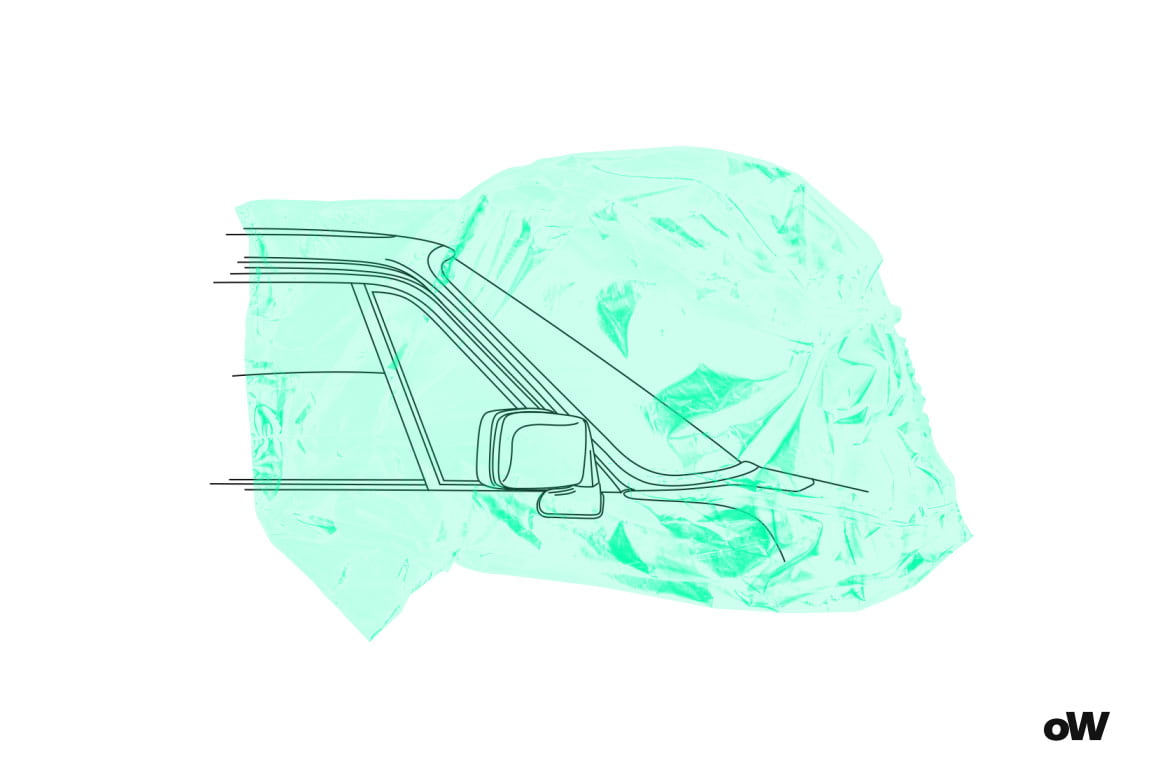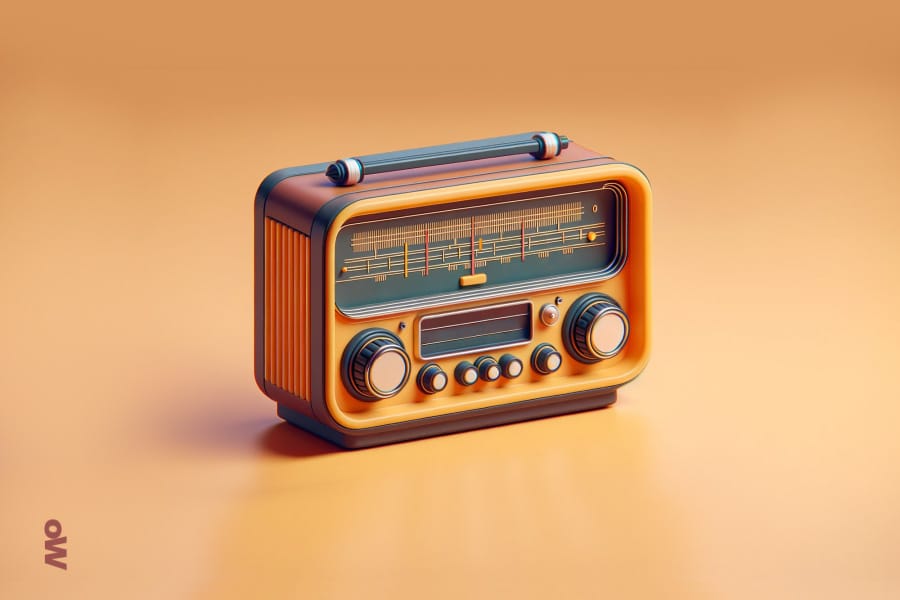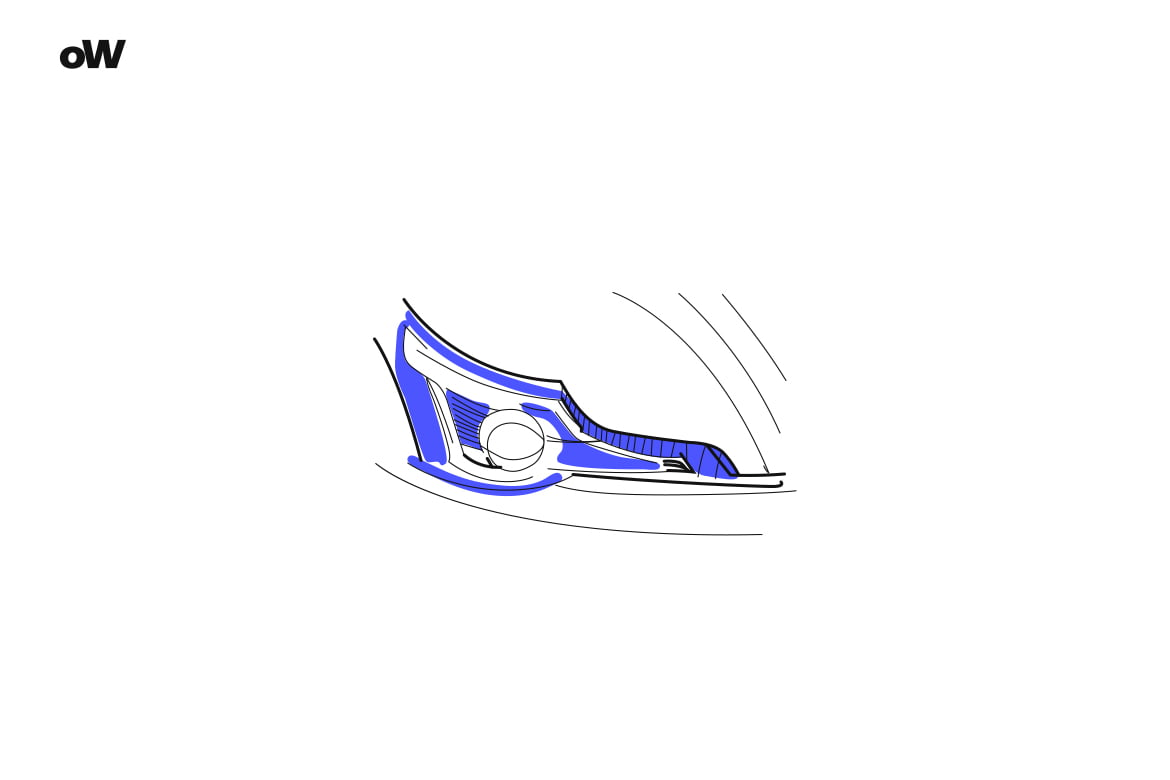Quiz: Guess the Car by the Picture

A glance at the road. A second. And you already know what car just rushed by. This lightning-fast identification process reveals the amazing ability of our brain to recognize unique design features, shapes, and proportions. This is precisely the ability that the “Guess the Car by the Picture” quiz tests and develops – an exciting journey into the world of automotive design, history, and engineering art. Are you ready to check how well you navigate the ocean of automotive brands? Prepare to be surprised by your own knowledge or discover unexpected gaps in your automotive erudition!
How the Quiz Works
The mechanics of the “Guess the Car by the Picture” quiz are built on the principle of gradually increasing difficulty. At the initial levels, you’ll need to identify classic models from a complete image – the recognizable silhouette of a Volkswagen Beetle or the characteristic lines of a Ford Mustang won’t be difficult for most participants.
But with each level, the task becomes more challenging: the fragments become smaller, the angles more unusual, and the models rarer. Recognizing a Bugatti Chiron by just its grille or identifying a McLaren by the shape of its air intake – this is where the real challenge begins for automotive enthusiasts.
Special value is added to the quiz by its educational aspect. After each answer, the participant receives an information card with the model’s history, interesting facts, and key design features, which transforms the gameplay into an educational journey through the world of automotive engineering.

History of Automotive Design
Automotive design has undergone tremendous evolution, reflecting the technological capabilities and aesthetic preferences of each era. Beginning with simple “motorized carriages” of the early 20th century, it has transformed into a true art form where every line has meaning.
The 1930s brought a revolution in streamlined forms, when aerodynamics first became a key factor in design. The Chrysler Airflow and Tatra 77 demonstrated that a car could be not only functional but also visually progressive.
The post-war 1950s were marked by the American era of “big fins” and chrome elements – cars reflected the optimism and technical confidence of that time. The Cadillac Eldorado and Chevrolet Bel Air became symbols of this period of design excess.
The 1960s-70s brought the minimalism of the European design school, represented by models such as the BMW 2002 and Fiat 124, as well as futuristic wedge-shaped silhouettes of sports cars embodied in the Lamborghini Countach and Lancia Stratos.
The modern era has combined digital design technologies with new materials, allowing the creation of complex organic forms and surfaces that would have been impossible earlier. At the same time, many brands maintain signature design elements that have become their visual signature – from BMW’s characteristic radiator grille to Lamborghini’s polygonal forms.
The Importance of Car Brands in Everyday Life
Automotive brands have long gone beyond mere means of transportation, becoming part of the cultural code of modern society. The choice of a particular car brand often reflects not only the practical needs of the owner but also their values, status, and even worldview.
Psychologists note the phenomenon of “automotive personality” – the tendency of people to project their expectations and perceptions of themselves through the choice of a certain brand. Mercedes-Benz is associated with conservative success, Tesla with progressive thinking, and Jeep with the spirit of adventure and freedom.
Car brands have also become powerful cultural symbols. Aston Martin is inextricably linked with the image of James Bond, Ferrari forms its own subculture with special rituals and traditions, and models such as the Mini Cooper have become design icons recognized far beyond the automotive world.
It is this cultural richness that makes the “Guess the Car by the Picture” quiz so fascinating – it tests not only technical erudition but also immersion in the multi-layered context of automotive culture.

Famous Automotive Brands
Each major automotive brand possesses its own unique visual language that has been formed over decades. These established design codes often become the key to correct answers in the quiz.
BMW is faithful to the concept of “kidneys” – a characteristic double radiator grille that has evolved but remained recognizable since 1933. Proportions with an elongated hood and short overhangs, as well as the curve of the Hofmeister kink rear pillar, have become part of the brand’s DNA.
Mercedes-Benz has made the three-pointed star one of the most recognizable automotive logos in the world, and the characteristic shape of the radiator grille has gradually transformed from classic to modern interpretation.
Italian brands stand out with their emotional approach to design. Ferrari is faithful to classic proportions and characteristic air intakes on the sides, while Lamborghini develops an aggressive angular aesthetic with hexagonal forms as the main motif.
Japanese manufacturers, initially more conservative in design, gradually developed their own style: Mazda develops the Kodo concept (“soul of motion”) with smooth surfaces, while Lexus has made the characteristic “hourglass” grille its trademark feature.
Interesting Facts About Cars
Behind every iconic design are fascinating stories, knowledge of which can be a decisive advantage in the quiz. For example, Cadillac’s characteristic vertical taillights were inspired by the tail fins of P-38 Lightning fighters from World War II.
The iconic Volkswagen Beetle was one of the few cars whose design remained virtually unchanged for more than half a century, maintaining its recognizable silhouette and round headlights until the last generation.
The Porsche 911 has maintained design continuity since 1963, with the original concept of a rear-mounted boxer engine and characteristic silhouette remaining unchanged through all generations of the model.
Some design solutions become unexpected clues in the quiz: for example, Citroën models can be recognized by the double chevron on the radiator grille, and Alfa Romeo by the triangular scudetto grille. Knowledge of such details transforms the “Guess the Car by the Picture” quiz from mere entertainment into a real exploration of the visual culture of the automotive world.
Regardless of your experience – whether you’re a novice car enthusiast or an experienced collector – this quiz offers a unique opportunity to test your knowledge, broaden your horizons, and take a fresh look at the cars that surround us every day.
Questions Overview
- On the right
- On the left
- On both
- On the right
- On the left
- There is no Ford here
- On the right
- On the left
- On both
- On the right
- On the left
- There is no VW here
- It's on the right
- It's on the left
- There are two Genesis models here
- It's on the right
- It's on the left
- I don't see Kia
- It's on the left
- It's on the right
- There is no Ferrari here
- It's on the right
- It's on the left
- There are no Maybachs in the photo
- On the right
- On the left
- On both photos
- Yes, it's on the left
- Yes, it's on both the right and left
- There is no Lambo here
- There it is, on the left
- No, it's on the right
- There is no Opel here, you won't deceive me
- It's on the right
- It's on the left
- There are two Citroens here
- On the right
- On the left
- There is no Mitsuoka here







their both mercedes.
‘mercedes’ on the left is not an A Class looks either like a jaguar XE Maybe
i dont think you know what a jaguar XE looks like